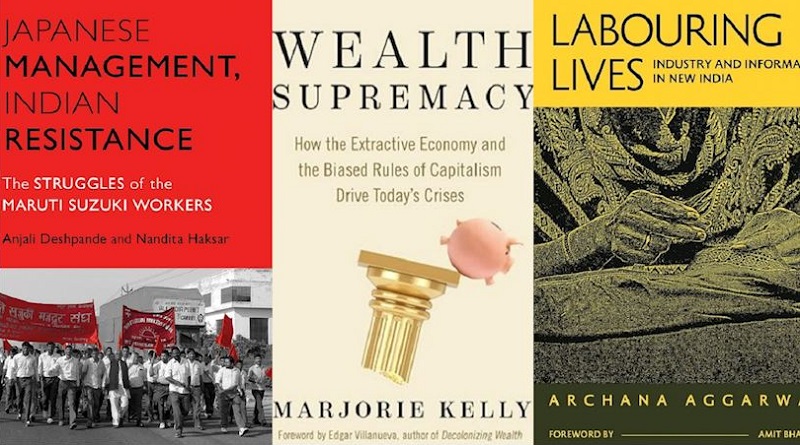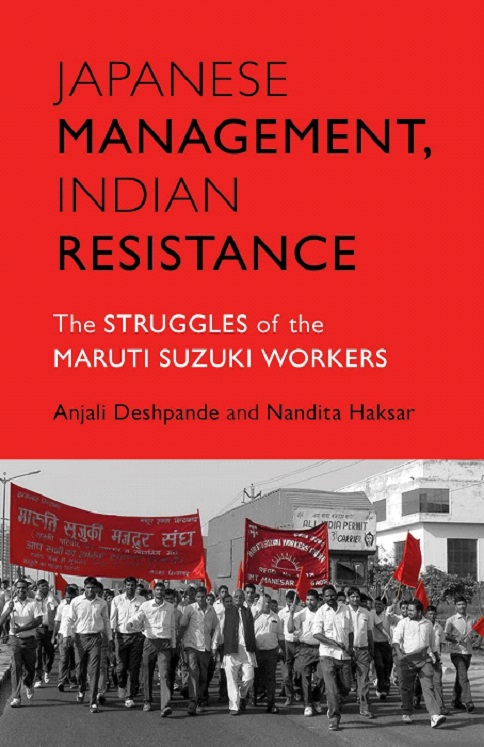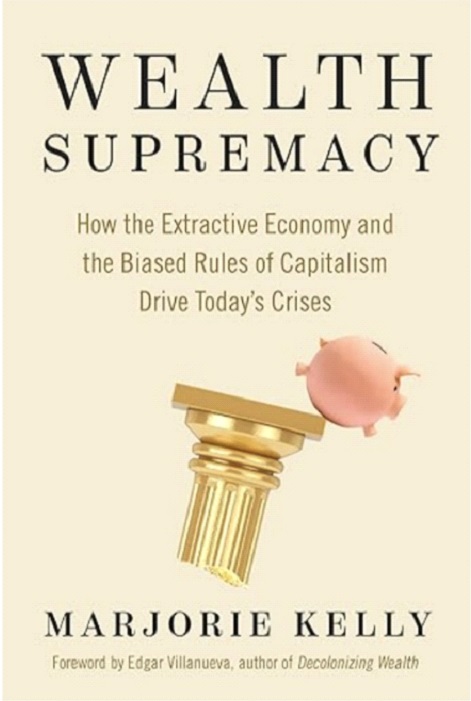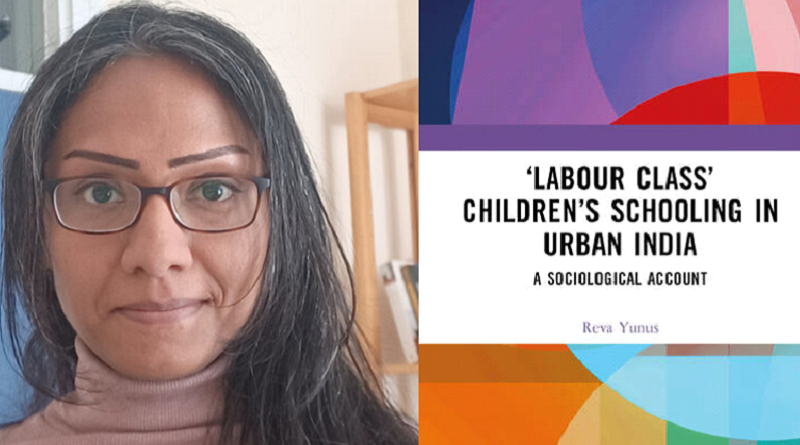Three Recent Books for Working Class, a must read

By Annavajhula J C Bose, PhD
Archana Aggarwal (2023) has helped me, a middle class bloke, to empathies with the lives and struggles of the laboring people. She starts talking about structural transformation of Indian economy since Independence.
In the process, she points to how worker vulnerability and precariousness emerged in tandem with the inability of the manufacturing sector to absorb the people who moved away from agriculture.
She then geographically focusses on workers employed in the globally integrated industries of readymade garments and the automotive industry in Delhi NCR and tells the gruesome story of the world of work with sweatshop working conditions inside them.
There is no dignity by wages, a major factor underlying the suffering of working people. Many trained artisans and skilled tailors in the garment industry are surviving on the edge of poverty; and workers in the automobile industry are moving towards more precarious jobs and uncertain futures despite their role in increasing profits for their companies.
She explains decent work in terms of minimum wages, living wages and fair wages. She discusses how labour market flexibility and the associated discipline and punish moves in India have shattered labouring lives.
We come to know how the worthwhile labour laws of the land have disappeared.
She rightly attacks the current path of industrialization and makes the case for domestic-demand-led, labour-uplifting economic development: “Manufacturing geared towards domestic demand must be premised on a tripartite settlement between workers, employers, and the government. The government must ensure that workers are provided basic social and legal protections. Pro-labour legislations founded on decades of workers’ struggles must be restored and guaranteed.”
“Laws providing social protection must be enacted and enforced. Minimum wages must become living wages. Living wages combined with safe and healthy working conditions will go a long way in creating a workforce that can move beyond the station of their birth.”
“This will not only lead to economic betterment but also social stability. This requires a shift away from the understanding that commodifies and dehumanises workers and allows markets to be the sole determinant of employment, wages and working conditions.”
‘Japanese Management, Indian Resistance’
Anjali Deshpande and Nandita Haksar (2023) make me reckon with a specific Indian context of capital-labour conflict, leading to the conclusion:
“Today, Babasaheb Ambedkar’s name is being evoked in a distorted way, to destroy the edifice of the labour protection laws he built to protect the workers. The trade union movement is now faced with the challenge of fighting ruthless corporate power with successive governments stripping workers of their rights by making the rights guaranteed to them under the Indian Constitution meaningless. Workers are being disenfranchised.”
The specific Indian context concerns the conflict of Maruti Suzuki workers, their families and trade union leaders with the Suzuki managements at the Manesar and Gurgaon factories.
I am challenged to look at the shiny Maruti car models and the technology which goes into their making from another perspective—the perspective of the workers who work in the Maruti Suzuki factories—the perspective that challenges the perception of Maruti Suzuki as a runaway success story in the timeline from June 1971 to 2022.
They write: “The story of the workers of the Maruti Suzuki factory is not only that of a union fighting for workers’ rights; it is a glimpse into the new India which is emerging: a welfare state transforming into a corporate state; a state in which profits trump the rights of citizens”.
The unbelievable brutalization of Japanese management along with precarity, overwork and deathly dangers of employment, arbitrary dismissals, false framing of criminal cases and life imprisonment without a fair trial meted out to the workers and their leaders is captured vividly in this book through worker voices.
‘Wealth Supremacy’
Marjorie Kelly (2023) explains to me why hard working people, not just in America but everywhere, are taken for a ride without ‘sustainable development goals’ working and politicians doing the right things.
Capitalism has created wealth supremacy. It has entrenched the cultural and political processes and attitudes by which persons of wealth accumulate and maintain prestige, privileges, and power that others lack. It is about influence, including the power to control philanthropy. It is about political and legal power–including the power to finance candidates, to influence lawmaking through lobbying, and to escape the justice system that ensnares those without wealth.
Capitalism is also gripped by capital bias. This means that the idea of making as much money as possible, which primarily benefits those who are already wealthy, is ruling the roost. Capital represents the active side of wealth. It is the money that is expected to keep growing endlessly. Capital is what drives wealth, and it does this through various means like making profits, setting the rules of accounting, and blurring the line between speculation and investment.
Wealth supremacy and capital bias together constitute the “DNA of our capital-centric economic system.” These intertwined biases shape how the system operates, grows, and sustains itself, leading to the Polycrisis. That means that there is the interconnected world of systemic risks–climate change, biodiversity loss, deepening inequality, increasing poverty and rising authoritarianism.
The long rise of irresponsible consumption has been driven by the corporate drive to maximize profits. Our efforts to tackle climate change have been blocked by the misdirection of fossil fuel companies and the capture of politics by monied interests. The relentless financialization of everything leads to the decimation of workers, as capital drives labour income – and labour itself–out of the economy. Even more frightening is how the hard right, fuelled by plutocratic dark money, now seeks to eradicate democracy in its quest to keep powering the wealth-supremacy-capital-bias machine.
There is no redemption from this Satanic world without democratising the polity and economy of capitalism. A democratic economy is an economy of the people, by the people, and for the people. It is an economy that, in its fundamental design, aims to meet the essential needs of all of us, balance human consumption with the regenerative capacity of the earth, respond to the voices and concerns of regular people, and share prosperity without regard to race, caste, gender, national origin, or wealth.
At the core of a democratic economy is the Common Good, in keeping with the founding aims of democracy in politics. The challenge is to envision, and create, private enterprises and investing processes that remove capital bias. Enterprises may still be profit making; that’s an imperative of staying in business. What is dangerous is the unfettered aim of profit maximizing.
There is no respite from immediate, short-term, medium-term and long-term suffering to the working class, if progressively faltering capitalism is not fixed on these lines.
(Writer teaches in Department of Economics, SRCC, Delhi University.)
- Labour in ‘Amrit Kaal’ : A reality check
- Discovering the truth about Demonetisation, edited and censored, or buried deep?
- Class Character of a Hindu Rashtra- An analysis
- Gig Workers – Everywhere, from India to America, from delivery boys to University teachers
- May Day Special: Working masses of England continue to carry the spirit of May Day through the Year
- New India as ‘Employer Dreamland’
- Urgent need for reinventing Public Sector Undertakings
Subscribe to support Workers Unity – Click Here
(Workers can follow Unity’s Facebook, Twitter and YouTube. Click here to subscribe to the Telegram channel. Download the app for easy and direct reading on mobile.)





